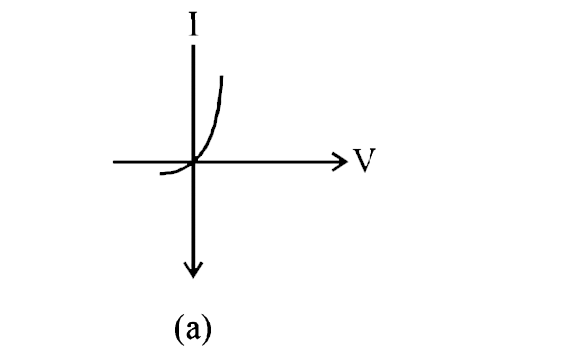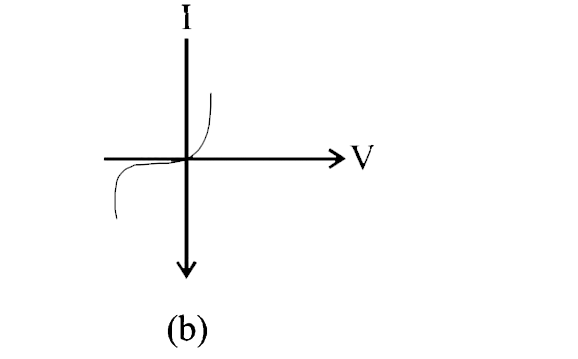Arrange the following events in chronological order and choose the correct answer using the codes given below:
A. Amritsar Incident
B. Chauri Chaura Incident
C. Champaran Movement
D. Moplah Revolt
a) A,B,C,D
b) B,A,C,D
c) C,A,D,B
d) C,A,B,D
A,B,C,D
B,A,C,D
C,A,D,B
C,A,B,D
The correct Answer is:A
The correct chronological orders of the events is:
Champaran Movement 1917
Amritsar Incident 1919
Moplah Revolt 1921
Chauri Chaura Incident 1922
Similar Questions
Knowledge Check
- Question 1 - Select One
Arrange the following events in chronological order & choose the correct answer using the code given below:
Jallianwala Bagh Massacre
2. Chauri-Chaura Incident
3. Champaran Movement
4. Moplah RebellionA1,2,3,4B2,1,3,4C3,1,4,2D3,2,1,4 - Question 2 - Select One
Arrange the following events chronological ordered select the correct answer by using codes given below:
A. Amritsar Case
B. Chauri-Chaura Case
C. Champaran Movement
D. Moplah RevoltAA,B,C,DBB,A,C,DCC,A,D,BDC,A,B,D - Question 3 - Select One
Select the correct chronological order of the following from the code given below:
A. Rowlatt Act
B. Simon Commission
C. Home Rule Movement
D. Gandhi-Irwin PactAC,D,A,BBD,B,A,CCA,C,B,DDC,A,B,D
In an examination, the grades achieved by 30 students of a class are given below. Arrange these grades in a table using tally marks:
B, C, C, E, A, C, B, B, D, D, D, D, B, C, C, C, A, C, B, E, A, D, C, B, E, C, B, E, C, DView SolutionIf A, B, C, D are numbers in increasing order and D, B E are numbers in decreasing order , then which one of the following sequences need neither be in a decreasing nor in an increasing order? E, C, D (b) E, B , C (c) D, B, A (d) A, E ,C
View SolutionOn the basis of given reactions,the correct order of increasing oxidising of A,B,C & D is. [(a)A−+B→A+B− , (b) C+D−→noreaction , (c) C−+B→noreaction, (d) D+A−→D−+A]
View Solution
Choose the correct picture that replaces the (?) symbol above with the below give options:

(a)a
(b)d
(c)c
(d)dView SolutionIdentify the semiconductor devices whose characteristics are given below , in the order (a) ,(b) ,(c ) ,(d) :
(a)
(b)
(c )
(d) View Solution
View Solution

